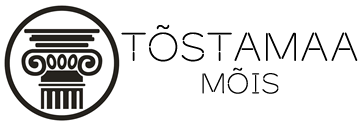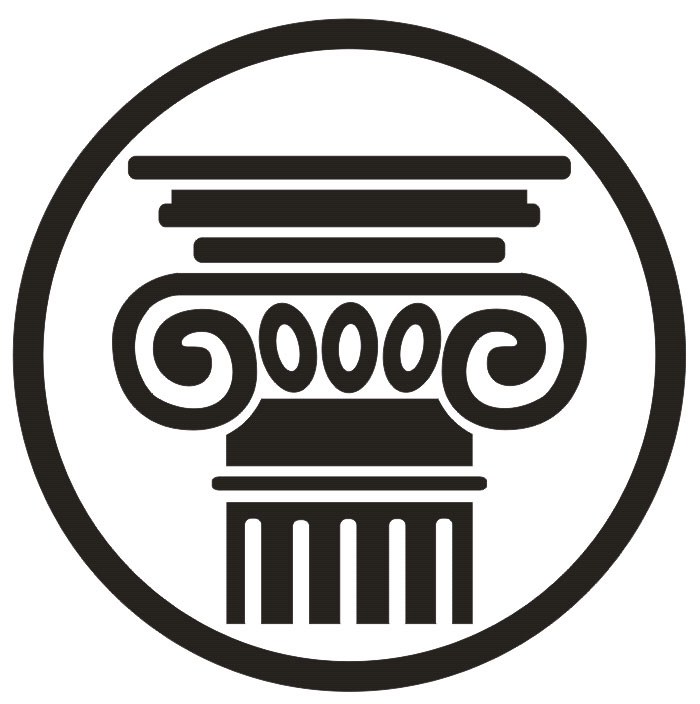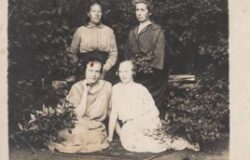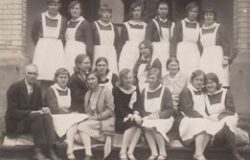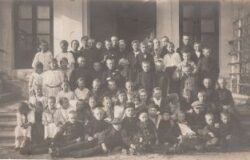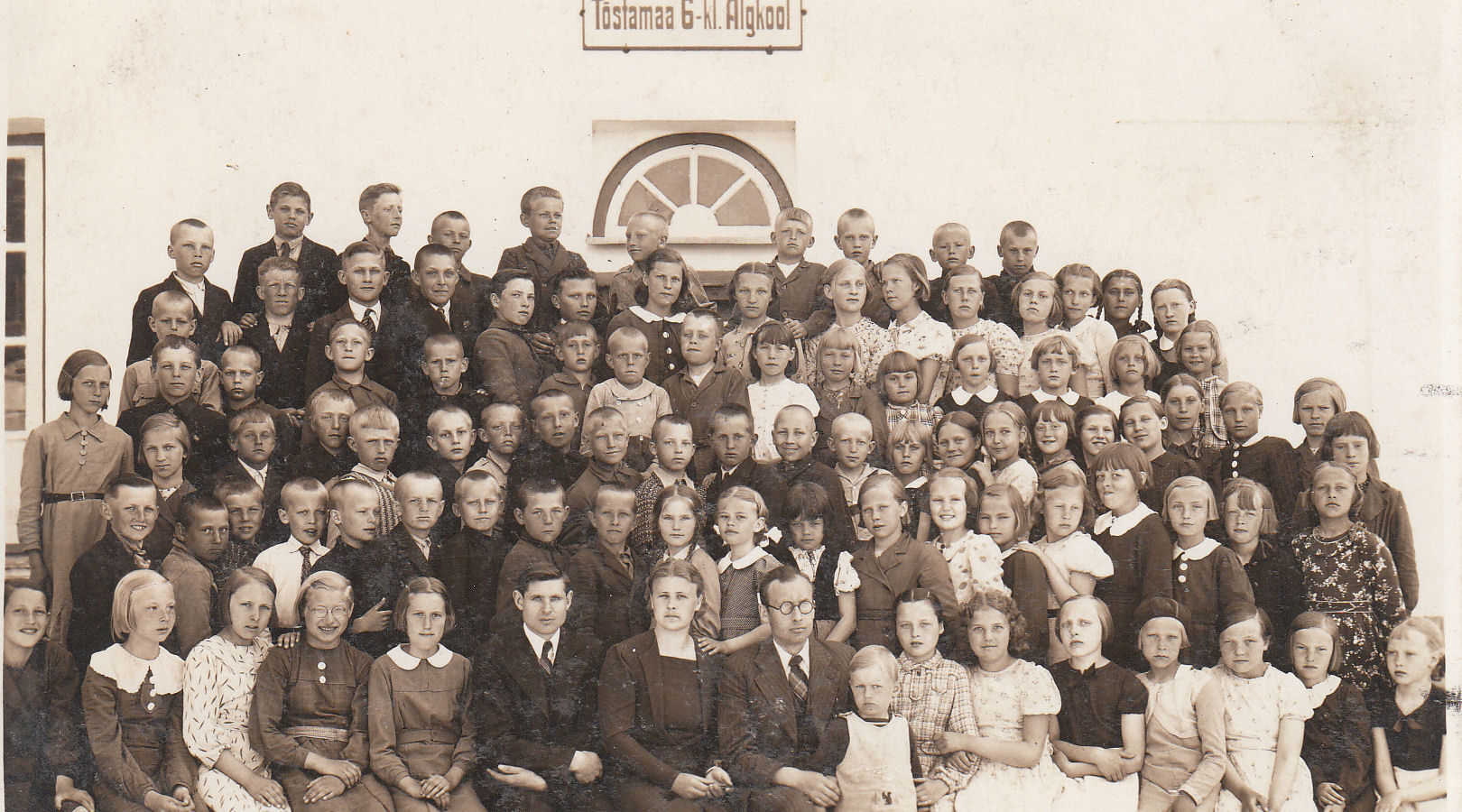
Tõstamaa education history dates back to 17th century, in particular, in 1688, when one of Bengt Gottfried Forselius’s students came to Tõstamaa and stayed for two winters to teach peasants. In the year 1699, Sigismund Segius, the then church clerk, put two peasant youths who had learned the best, to teach other peasant children. The construction of the first schoolhouse was started, which the lords forbid: they gave the land to the church, not to the school.
From the beginning of the 18th century, reports of education are rather scarce, in 1728, seven children were in school. According to the visit of 1736, only three students were in school in Tõstamaa. In 1764 a church school was first mentioned in Tõstamaa, where also Seli and Kastna children were taught, in Pootsi there was no schoool. And school masters who traveled to the districts were assigned to domestic workers. The schools were being managed by Tõstamaa and Pootsi manors and parents.
By theyear 1801, there were two schools in Tõstamaa district. Ten years later there were no municipality schools. In 1815, the provincial governor was given the right to build at least one schoolhouse in each district. A schoolhouse was also built in Tõstamaa. In 1819, the abolition of slavery in the province of Livonia in 1819 and was noted that in every parish where there were more than 2000 men, must be a parish school. From the 1840s, rural municipality schools known in Tõstamaa (30 students), Pootsi (20), Seli (13), and Kastna (12 children). In the school year there was school from October to March of the year, which was not always followed strictly.
In the year 1849, the Lutheran Parish School was opened in Tõstamaa and the Lutheran Parish School was built in the following year, then later Köstri Farm. The Greek Orthodox Church expanded to include the Seli, Kõpu, Tõhela, Kastna and Kihnu in connection with the exchange of religions there were opend a lot of village schools.
The activity of the Lutheran schools suffered as a result of the formation of Russian churches. In 1854, the Pootsi Lutheran school was established. At the end of the century, the schools of Seli and Kastna were interrupted by the activities of the Lutheran Parish School in Tõstamaa. In 1890the government demanded that a non-Russian-speaking schoolmaster be dismissed. The small group of people continued their studies at Audru.
In the beginning of the 20th century, the Lutheran faiths and the Russian faiths schools worked together in Tõstamaa district. In the homeland, a parish school was opposite the church and the parish school Köstri’s. Orthodox schools operated in the village of Värati and later in Taganõmm.
In the first years of the Estonian government, in 1919, church schools were turned into primary schools. In 1920, the Tõstamaa Primary School, headed by Johan Seiman, began work. 1921/1922. In the academic year, the 6-class in Tõstamaa, Tõhela and Kihnu, 4-class primary schools in Kastna and Seli, were working.
In 1919 the Tõstamaa manor was transferred from the parun Alexander Stael von Holstein during the land reform, and in 1921 the local elementary school moved to the manor premises where the Tõstamaa school has been operating to this day. Only four teachers worked in Tõstamaa school, and therefore all classes, except 1st and 2nd grade, were combined classes (3rd and 4th grade and 5th and 6th grade).
From November 1944 to October 1947 the school was named Tõstamaa Mittetäielik Keskkool, from 1947 to 1953 it was a Tõstamaa 7-class school. From September 1953 the school was changed to Tõstamaa High School, and the first flight ended in 1957. Due to the lack of students, the Tõstamaa school was changed to a 8 class school in 1970, but since 1982 the high school has again been re-elected.
In 1962, Pootsi School moved to the Governor’s Mansion House (where it had been operating since 1921), the Manor House of Pootsi Manor. The second floor was also built for the main building. There they started going to Selish children. In 1970, Kastna School stopped working. In 1998, Pootsi School began studying at a renovated former boarding house, at the manor ruler’s house. The manor house was returned to the former owners of Põldsam. In 2000, Tõhela Elementary School closed its activities, Pootsi Basic School was transformed into a 6-class primary school.
Pootsi Primary School was closed in 2001 and merged with Tõstamaa High School. Teaching in Pootsi remained, as Tõstamaa Municipality and the city of Pärnu concluded an agreement according to which Pootsi’s internship began to study for a 15-year-old age, and a 5-year-old girl from Tõstamaa, whose business expenses were paid by the city. Pootsi School was closed in 2004, pupils started to go to Tõstamaa school.
Tõstamaa Home Improvement School
The Tõstamaa Home Economics School, the so-called “bride school”, operated in Tõstamaa manor from 1926-1945. The school was in support of the Pärnu County Government. During the home economics school, there were two seasons, during which both general subjects (Estonian, mathematics, singing, gymnastics) and households were studied: laundry and ironing, handicrafts, cooking and table covers, livestock raising, litter raising, gardening and bee keeping. But also house accounting and correspondence, keeping and growing the breastplate. Teaching took place during the winter, but there were still separate in-school courses in the summer.
The Tõstamaa Home Economics School came to students from Pärnumaa: from Tahkuranna, Kihnu, Koong, Lindi, Liu, Kõpu, Pootsi, Seliste, but also from Vaiste, Varbla, Kilgi and Jäärumetsa from Läänemaa.
One young woman, Elfriede Udu, a former home economics school student, remembers that once they had to take their material from home to study nailing. Many people dreamed about it, and then Miss Alu said, “Take the slipper off your feet!” Quite a few big toes looked out of the bristle. She got the stockings fixed and got praised for the good work.
On the second occasion, the girls wanted to go to the dance floor of the spit house on a regular day. The girls sent his permission from Ms. Tepe to ask for permission. “You are not some pennies,” was the answer, and the dance was danced.
